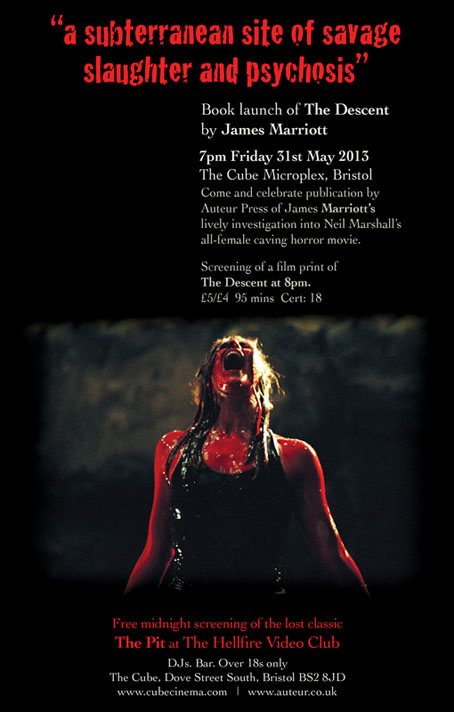The full title of this BBC documentary is Down These Mean Streets a Man Must Go: A Portrait of Raymond Chandler. The film was broadcast in 1969, ten years after Chandler’s death, and has been on iPlayer recently to judge by the logo in the corner, but it’s not one I’d seen before. It would have been ideal viewing a couple of years ago during my attempt to watch all the films listed in The Big Noir Book. While working my way through the film list I was also reading some of Dashiell Hammett’s novels (The Maltese Falcon is excellent; The Dain Curse is terrible) and all of Raymond Chandler’s novels. Or almost all…I didn’t read Poodle Springs, his final book, left unfinished then completed by other hands. I enjoyed the Philip Marlowe novels so much I was tempted to start them all over again after I’d reached the end of Playback. Added to the enjoyment was the opportunity to see how much the books were mauled when they passed through the Hollywood mill. The BBC documentary opens with a clip from The Big Sleep which has always been the best of the adaptations (it can be difficult getting Humphrey Bogart out of your head when you’re reading Philip Marlowe’s narration) but even this one alters the story while downplaying the sexual content (homosexuality and pornography in the novel), something that all the films of the 40s do their best to avoid.
A Portrait of Raymond Chandler was written by John Foster and Fred Burnley who present the writer via his own words in a sequence of dramatised interviews and enactments of scenes from the novels. There’s also a brief interview with JB Priestley, an intriguing thing in itself as I’d no idea that Priestley knew Chandler. The enactments don’t work very well—all the very small and very English rooms look nothing like Los Angeles architecture—but Edward Judd makes a decent attempt to apply his hard-boiled manner to the detective role without any Bogart impersonations. Judd appeared throughout the 60s in a succession of science-fiction films, and the film works best when he’s reading from the novels. Omnibus used him for the voiceovers a few years later in another portrait of a writer, Fear and Loathing in Gonzovision, a film about Hunter S. Thompson. The Chandler documentary appeared just ahead of the wave of renewed Hollywood interest in the Marlowe books that broke in the 1970s. Among the film clips there’s a short scene from the soon-to-be-released Marlowe, an updated adaptation of The Little Sister which isn’t one of the best Marlowe films but it has some nice interior shots of the Bradbury Building, and you get to see Bruce Lee demolish James Garner’s office with his feet and fists.
Previously on { feuilleton }
• The Big Noir Book, or 300 films and counting…




